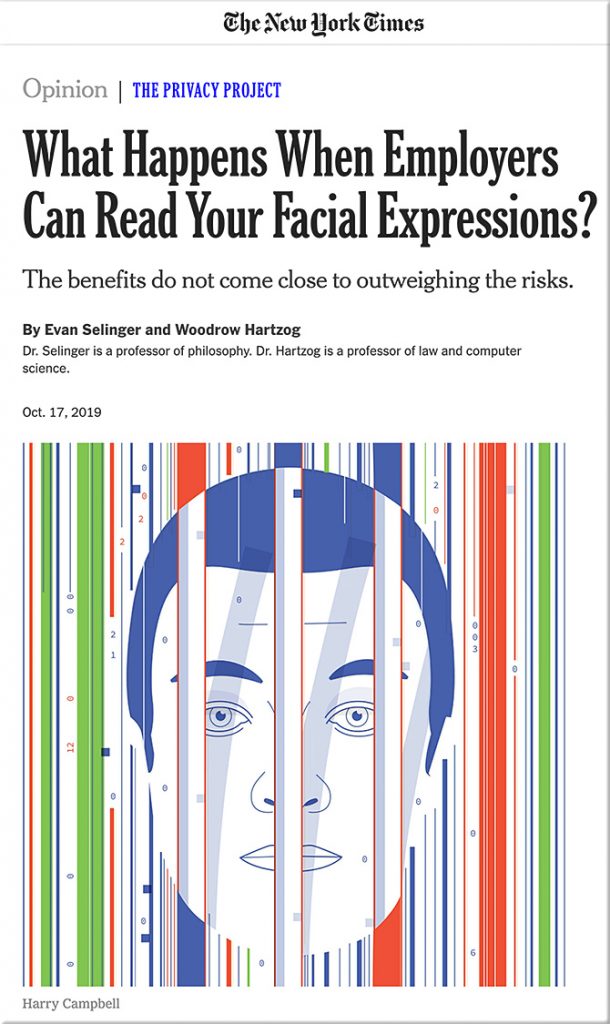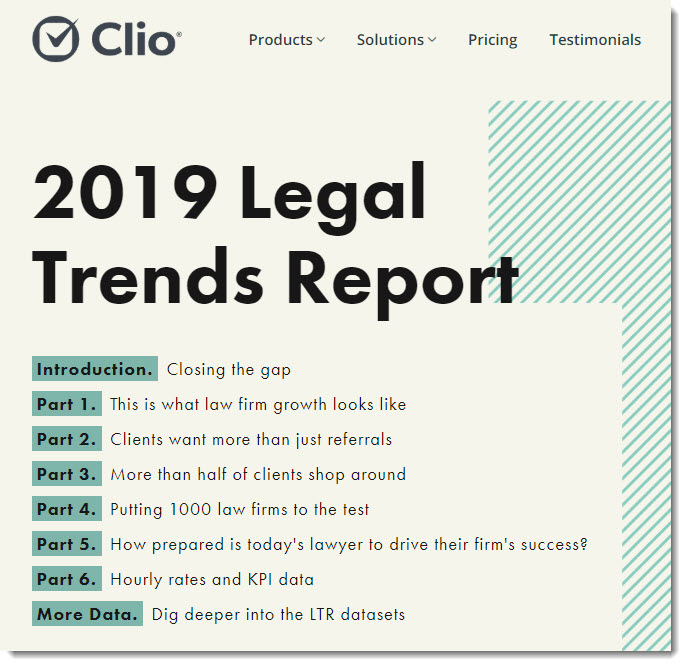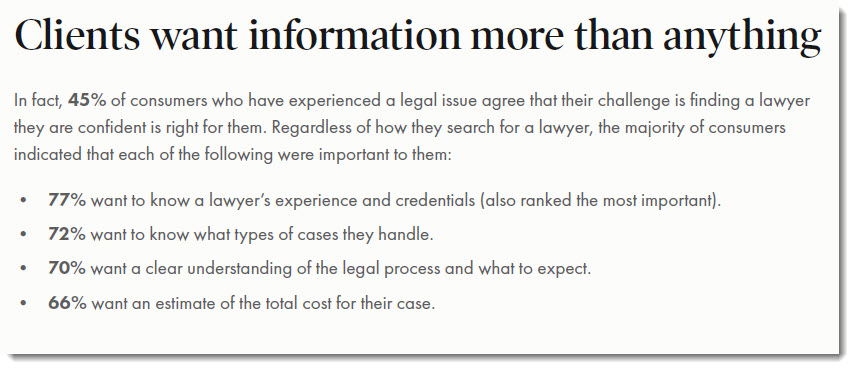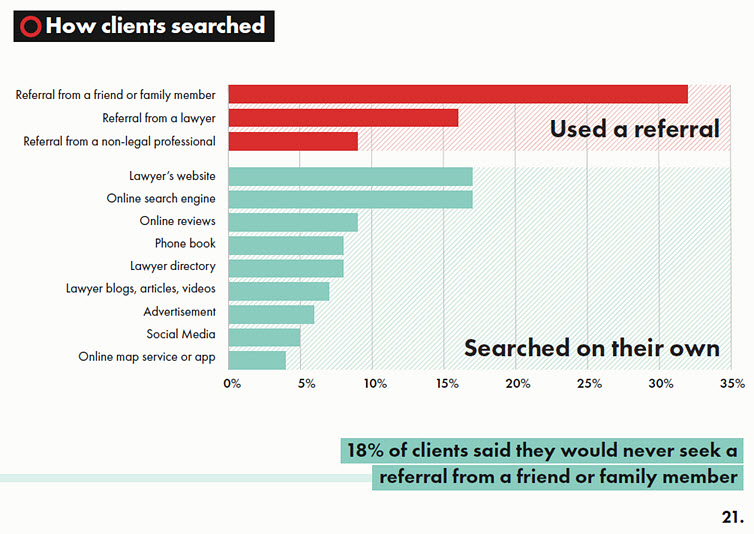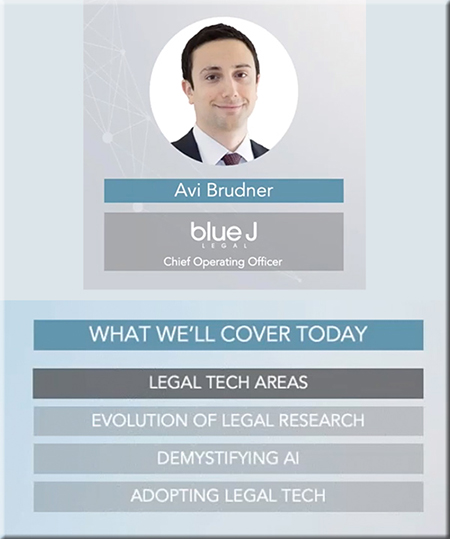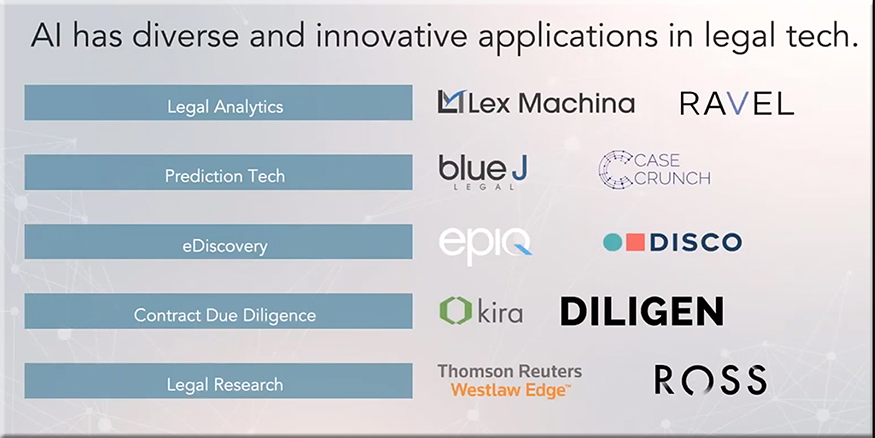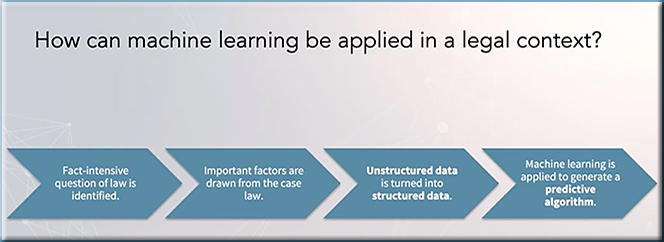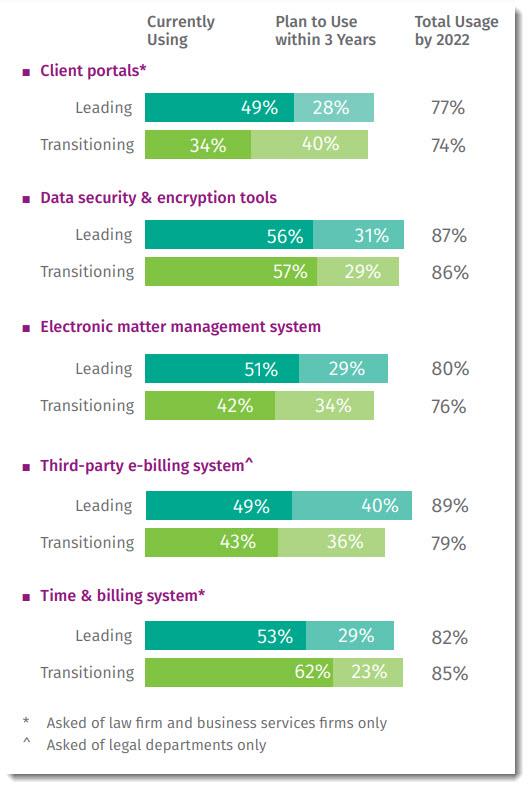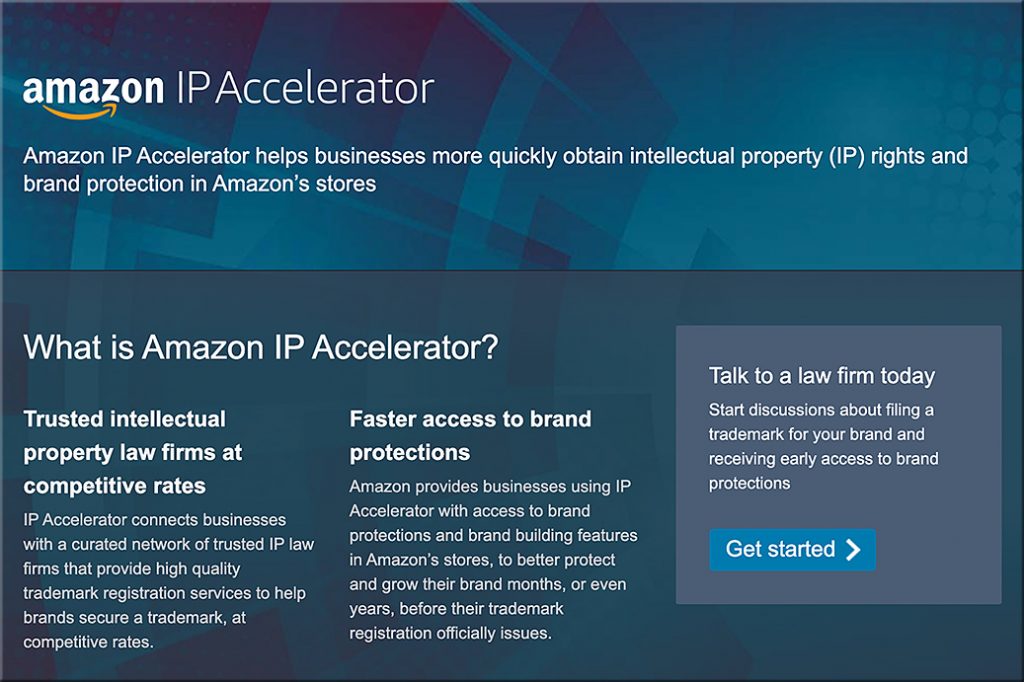Priorities for new lawyers are changing. Can the legal industry keep up? — — from law.com by Annie Datesh, Natasha Allen, and Nicole Hatcher, Atrium
As the legal field continues to move forward, it is well-primed to place greater value on technological advancements, diverse leadership, and healthy work cultures over settling for the status quo.
Excerpts:
Yet the legal industry these lawyers are joining is evolving, and now increasingly hosts a new cohort of professionals—those shaped by technology and innovation, and who value diversity, mentorship, and efficiency over homogeneous workplaces with minimal coaching and exhausted capacities.
…
Amid a strengthening job market, why are jobs in a generally well-respected industry being looked over in favor of other industries? One reason could be the legal industry’s notorious lack of progressiveness. The industry’s technology landscape is one such area of slow growth; its lack of diversity is another.
The legal industry’s long-standing dismissal of technology, while slowly changing, is fairly well known. While legal technology holds enormous potential for law firms, the industry as a whole has been famously slow to adopt modern technologies or meaningfully innovate on the traditional law firm business model. Why? For smaller firms, money can be tight, and solutions can be expensive.
The good news is that the legal industry is slowly but surely becoming more receptive to the benefits of evolving its traditional approach to the business and practice of law. Legal technologies continue to offer increased efficiencies to law firms, should they elect to adopt them, and the call for diversity and other cultural improvements within firms and the legal industry more broadly is on the rise.
…
Those players in the legal industry who are able to recognize prevailing industry trends now will be in the best position to act on them.
An inserted graphic from DSC:












